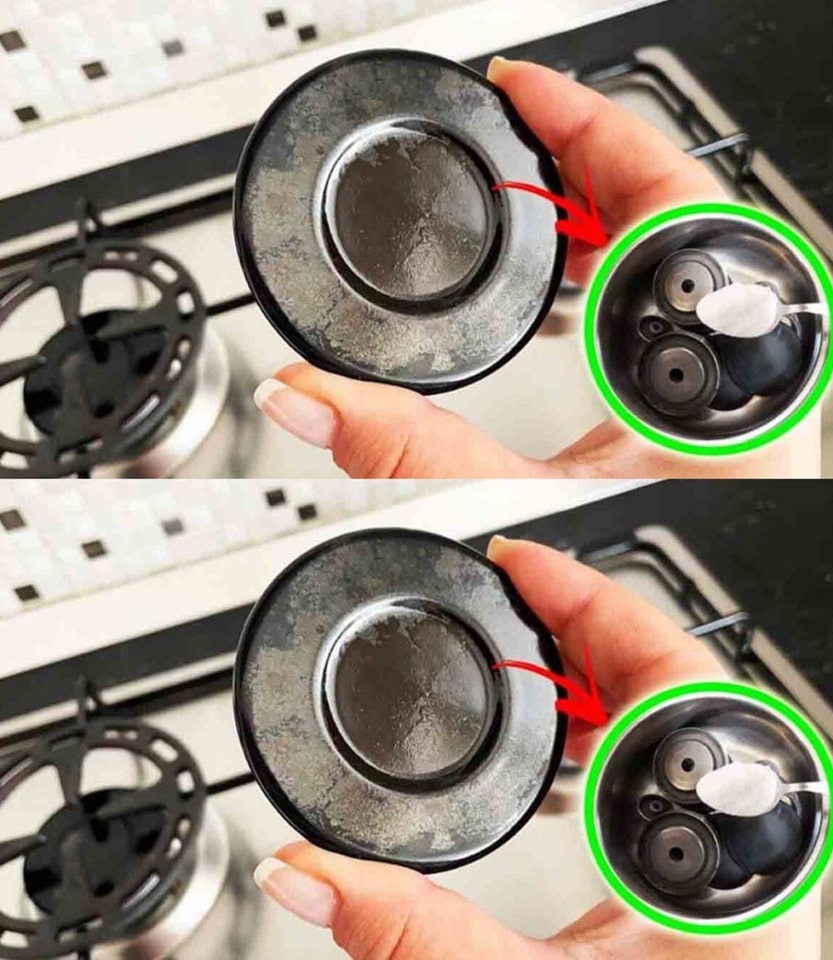ADVERTISEMENT
### **Step-by-Step Instructions:**
1. **Prepare the Soak Solution**:
Start by filling a bowl or basin with warm water. The warmer the water, the easier it will be to loosen food particles and stains. Add about 2 tablespoons of dish soap to the water and stir to create a soapy solution.
2. **Soak the Plates**:
Submerge your crusty plates in the soapy water and let them soak for at least 15-20 minutes. This helps soften the hardened food, grease, and stains. If your plates are heavily soiled, you may want to let them sit for a bit longer, or even overnight for the toughest buildup.
3. **Scrub Away the Gunk**:
After soaking, take a soft sponge or cloth and gently scrub the plates. Most of the grime should easily come off at this point. For stubborn areas, you can use a toothbrush to get into the crevices and grooves, especially on textured or patterned plates. Avoid using abrasive pads that can scratch the surface.
4. **Apply Baking Soda**:
If there are still crusty spots or stubborn stains left, it’s time for a bit of baking soda magic. Sprinkle baking soda directly onto the stained areas of your plate. Baking soda is mildly abrasive and will help lift stains and food particles without damaging the plate’s surface.
5. **Add White Vinegar**:
Pour a small amount of white vinegar over the baking soda. The vinegar will create a fizzing reaction, which helps break down the crusty buildup and stains. Let the fizzing action work for a couple of minutes.
6. **Scrub Again**:
After the fizzing subsides, use the sponge or cloth to scrub the plate again, focusing on any areas with remaining stains or food particles. The combination of baking soda and vinegar acts as a natural cleanser, removing stubborn grime and leaving your plate looking refreshed.
7. **Rinse and Dry**:
Once the plates are clean, rinse them thoroughly with warm water to remove any remaining residue of baking soda or vinegar. Dry your plates with a soft towel or let them air dry to reveal their renewed appearance.
### **Additional Tips:**
– **For Extra Tough Stains**: If your plates still have stubborn stains, mix a paste using equal parts baking soda and water. Apply the paste to the stains and let it sit for 15-30 minutes before scrubbing.
– **Use a Dishwashing Machine**: If you have a dishwasher, you can place your plates in there after soaking to ensure they’re completely clean and sanitized.
– **Prevent Future Crusting**: To prevent food from sticking and crusting onto your plates in the future, make sure to rinse your plates immediately after use. This will reduce the buildup of food residue and grease.
### **Why This Method Works:**
– **Baking Soda**: Baking soda is a natural, non-toxic cleaning agent that’s known for its ability to lift stains, neutralize odors, and scrub away grime without damaging surfaces.
– **White Vinegar**: Vinegar is a natural acid that helps dissolve minerals, grease, and grime. When combined with baking soda, it creates a powerful fizzing action that can break down even the most stubborn stains.
– **Dish Soap**: Dish soap is designed to break down grease, making it an essential part of this method to loosen and remove buildup before using the more abrasive baking soda and vinegar treatment.
### **Conclusion:**
Reviving crusty kitchen plates doesn’t require harsh chemicals or expensive cleaners. With a few simple household items—baking soda, vinegar, and dish soap—you can restore your plates to their original condition. Not only is this method effective, but it’s also environmentally friendly and budget-friendly. So next time you find your plates looking worn and dirty, try this easy method to make them shine again and bring new life to your dinnerware!
ADVERTISEMENT
